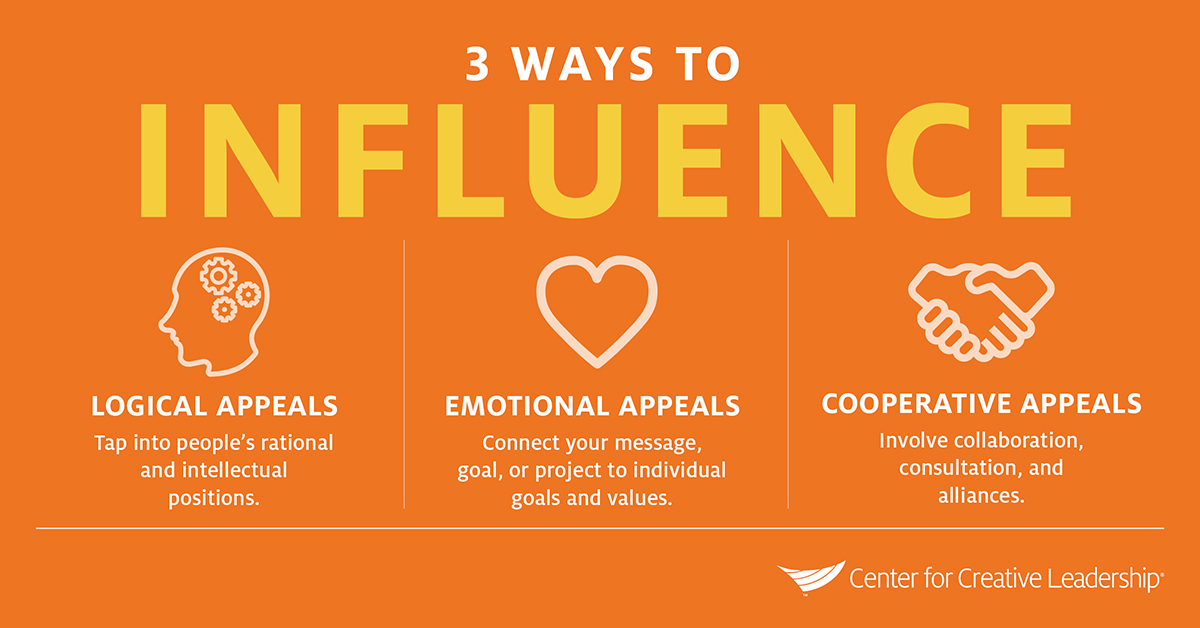
Stories Talk | Presentation Skills and Effective Storytelling
Stories Talk | Presentation Skills and Effective Storytelling
Influence is a word often associated with the top ranks of leadership or with talent in sales or marketing. But no matter what field someone works in or what level they are in a company, leaders rely on influence to communicate their vision and aspirations. When it comes to influencing others, there are no guaranteed results but there are 4 main ways of influence that can help us and these are: storytelling, "selling", consulting and collaboration. Let's take a closer look at the pros and cons of each mode.
By Mia Kollia
Translated by Alexandros Theodoropoulos
When the pandemic hit us, businesses quickly had to implement new policies and procedures for their employees. They had to direct the staff to comply with the rules of hygiene and prevention from Covid-19. In those early days, managers at many companies were tasked with telling staff what to do to deal with the pandemic.
Because storytelling is the fastest way to exert influence, it is appropriate for emergencies and regulations. It is authority-driven, meaning it is usually provided from top leadership down through lower positions (from the CEO to the staff, from the manager with a direct report, etc.).
Narrating a situation can be effective when it involves some necessary rules. But there are also cases where it may not work. Many people don't like being told what to do and how to do it, because they feel disadvantaged. So when we use “storytelling”, whether to encourage consistency, or teamwork, or the adoption of a new way of working, we don't necessarily inspire compliance. To have a more substantial behavioral change, we need to use a deeper mode of influence, such as "selling."
A small charity serving low-income communities needed an upgrade to adopt more progressive social justice strategies. It hired a new CEO, and when he presented his strategic plan, the board naturally had a lot of questions. During the meetings, he tried to present his idea, explaining through narration, research, and documentation why his strategy was the most effective way to make the change he had been hired to make. But they resisted. Frustrated, he spoke to them with all honesty: "I thought that you wanted a change and hired me knowing my experience, background and intentions."
These words of his impressed them. His story-telling, his research, and especially the last honest reminder of their original intentions, was the package that "sold" them to trust his vision.
In work, as in life, change - even if we say we want it - is difficult. "Selling" is a way to get response and support for a new idea or culture change. While storytelling stops short of stating what we're going to do, "selling" goes deeper into explaining why, to get others on board and, hopefully, excited.

When we have to make a big decision, we can turn to a trusted friend for advice. Although our friend may have to offer very useful advice, we are ultimately responsible for whether we use it or not. Career consulting uses the same principle: It is a collaborative process, based on conversation and co-creation, in which one party is empowered to make the final choice.
Consulting is a very effective type of influence because it creates a sense of cooperation and teamwork, but also because one person has the final say and doesn’t require others to get more involved.
When a manager does performance reviews, he may use consultation: for example, he calls an employee for a meeting, during which he first lets him evaluate his own performance, leading to discussion and negotiation. The manager has the final say on the new goals and improvements the employee aims for, but they create the plan together.
The owner of a small construction company was facing many problems. His office was in one part of the city and the production facility was an hour and a half away. With staff split across two locations, communication was difficult and caused many delivery and scheduling failures. After repeatedly trying to fix the problem by telling employees what to do differently, he realised he needed everyone's help to fix it.
So he held a meeting with the company in order to hear solutions. Employees described the problems they were facing and began to come up with their own ideas for better programming practices and more effective customer management software. The owner of the company didn’t dictate solutions, but joined the entire team in addressing the production flow problems and improving work morale.
When a problem persists, it's a good time for all levels of a company to work together to surface problems that employees in different positions face.
Many times we have to combine all the four ways we mentioned, in order to influence our company's staff, always with respect, cooperation, skillfully "selling" our vision and creating the right working environment conditions.